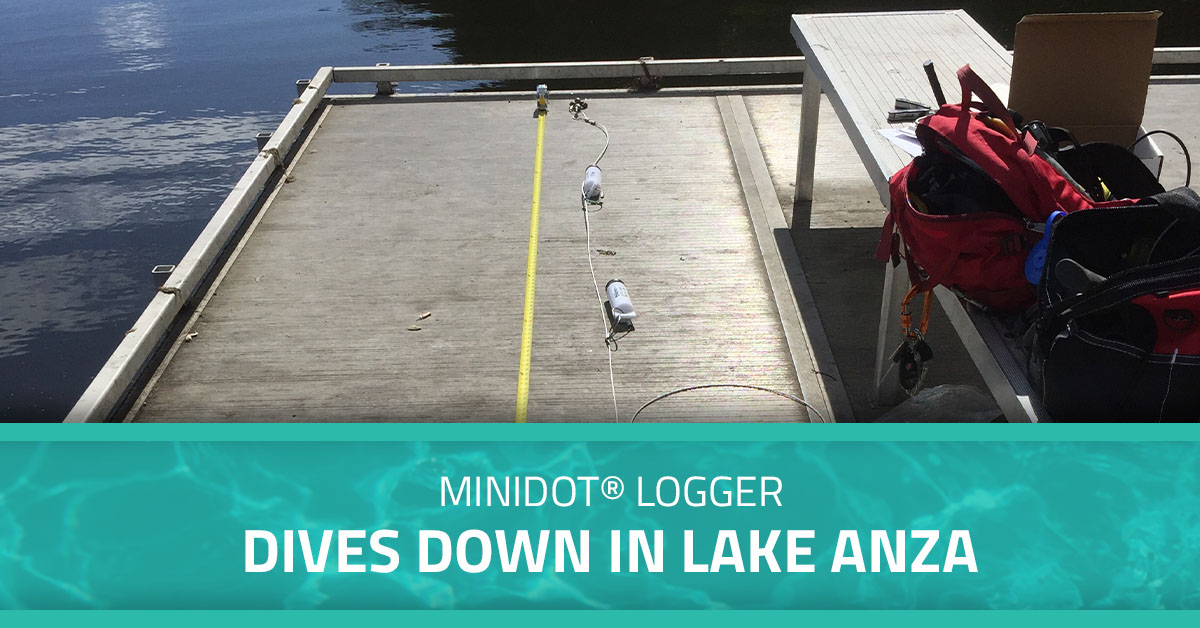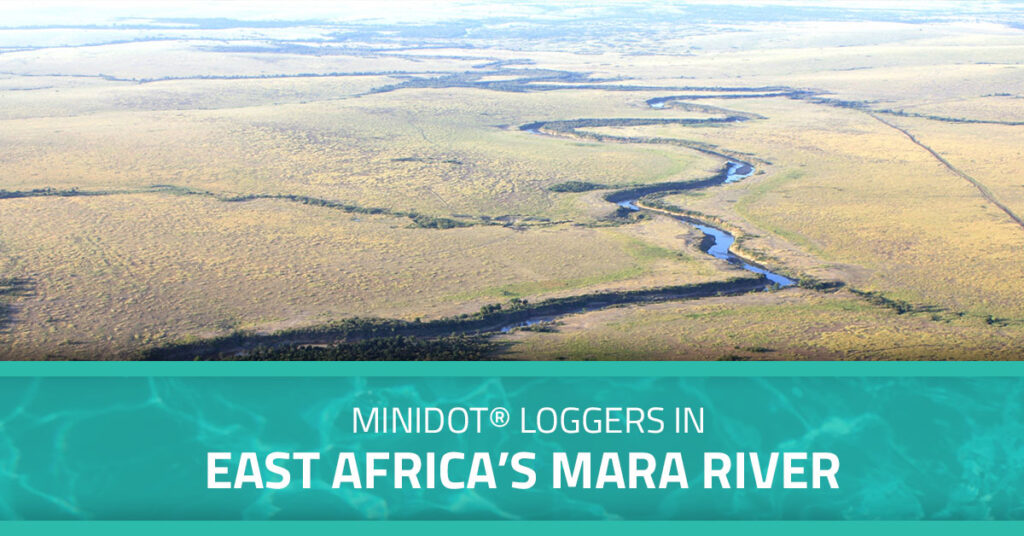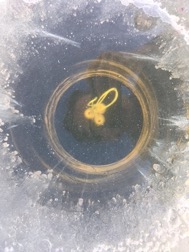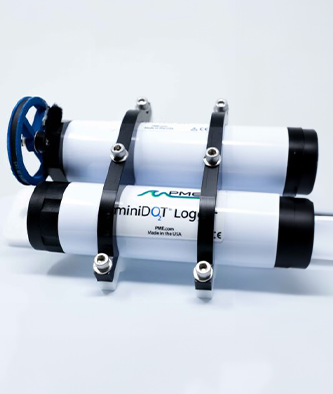Applications
Surface Water
(Lakes, Rivers and Swamps)
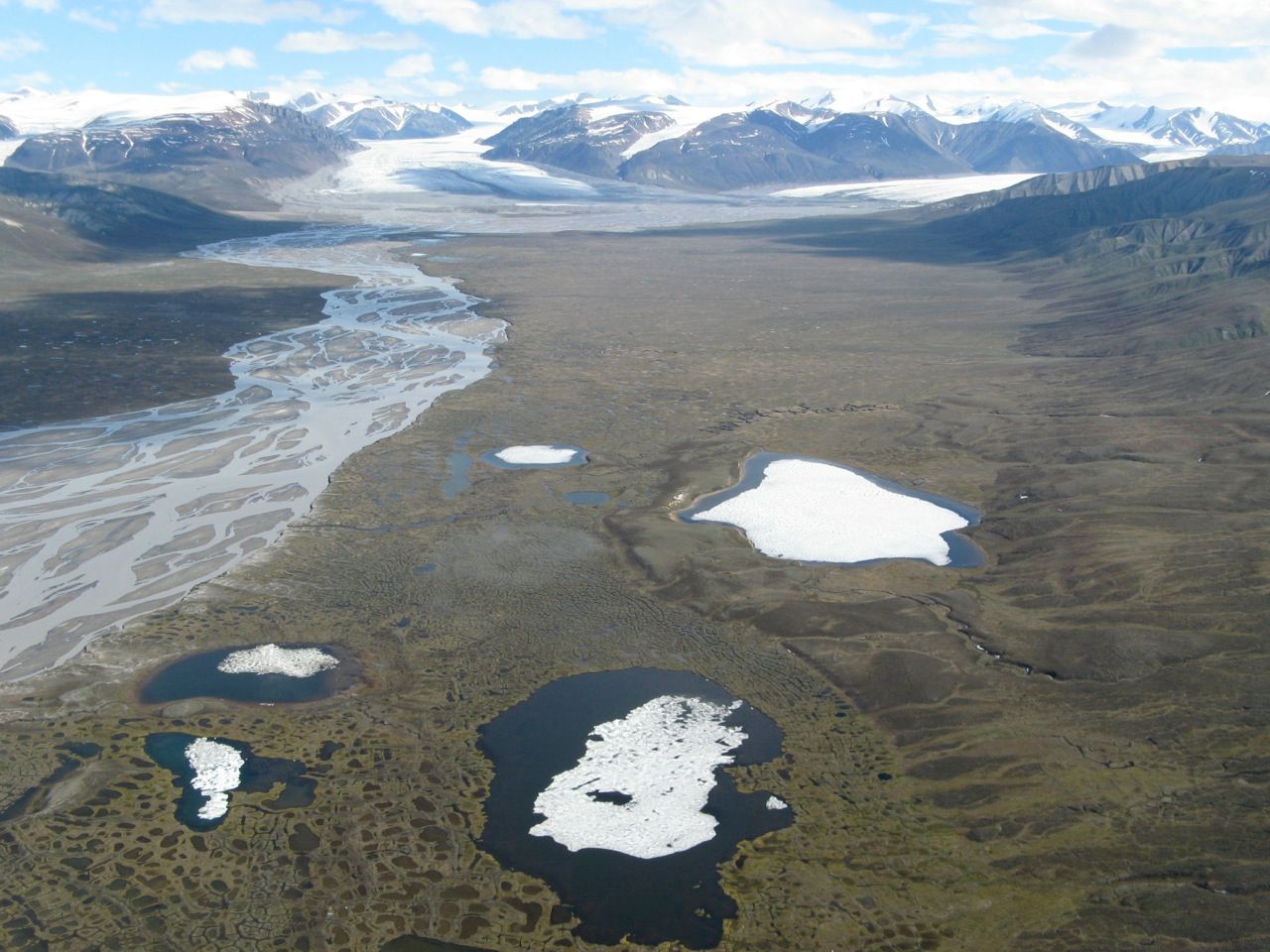
With most of the Earth’s freshwater is inaccessible in glaciers or groundwater that cannot be extracted, water bodies such as rivers, lakes and swamps (known collectively as surface water) are often our most readily accessible sources of freshwater. This accessibility can come at the cost of contamination – not just from human and animal activities – but also from the environment itself. Contamination of these surface waters may compromise public health. Normal human actions ranging from agricultural activities, sanitation practices, industrial manufacturing, mining operations, waste disposal and even traffic habits have all been identified as potential sources of microbiological, chemical and radiological pollution within a given catchment (S.J. Marshall, 2013).
Upholding the integrity of our surface water sources is crucial to human health and well-being, ensures the stability of aquatic ecosystems and promotes environmental and economic growth. This makes water monitoring a vital tool to ensure minimal or controllable contamination occurs in water sources (Farouk, et. al 2023). Traditional surface water monitoring methods involve collecting samples onsite for laboratory testing; however, these methods are time-consuming and do not create longitudinal data. PME loggers allow researchers to conduct real-time data collection over long periods, increasing the value of the data while also minimizing the time required to collect the data.


